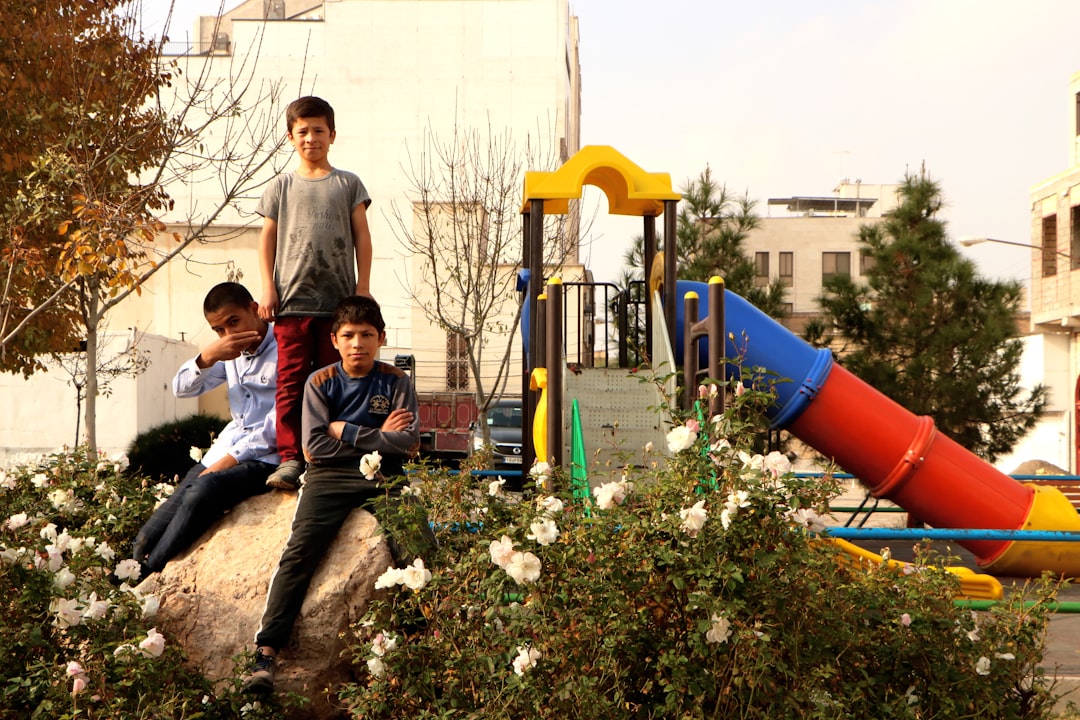What is it about?
The linguistic and semiotic landscape is the combination of language and other tools to make meaning in public spaces such as signs, notices, posters, multimedia, and graffiti. This article uses a case study of a school in Hungary to demonstrate how researchers and residents interact through walking and talking 1) to study the meanings of messages, language choice, and other meaning-making practices, but also 2) to shape our interpretations of spaces in ways that may lead to changes. This is in contrast to studies in which researchers are quite disconnected from inhabitants of places or where the effect of researcher-participant interactions are not accounted for in the interpretation process.
Featured Image
Why is it important?
In most previous linguistic landscape studies, researchers take a quantitative approach that is quite distant from the actual inhabitants of the places being studied. Many researchers have also adopted qualitative approaches using questionnaires and/or various interview and other ethnographic techniques, but this is the first to study specific researcher-participant interactions that can affect the interpretation process. This leads to insights about how the linguistic landscape is continually shaped through use and interaction.
Perspectives
This project allowed us to connect on a deeper, more engaged level with the population and place that we studied. We feel that this is an important development in linguistic landscape research which is capable of leading to more diverse, inclusive, and consciously created multilingual public spaces when interaction between researchers and participants is emphasized.
Dr. Robert A. Troyer
Western Oregon University
Read the Original
This page is a summary of: Inclusive ethnographies, Linguistic Landscape An international journal, December 2017, John Benjamins,
DOI: 10.1075/ll.17008.sza.
You can read the full text:
Resources
Contributors
The following have contributed to this page










